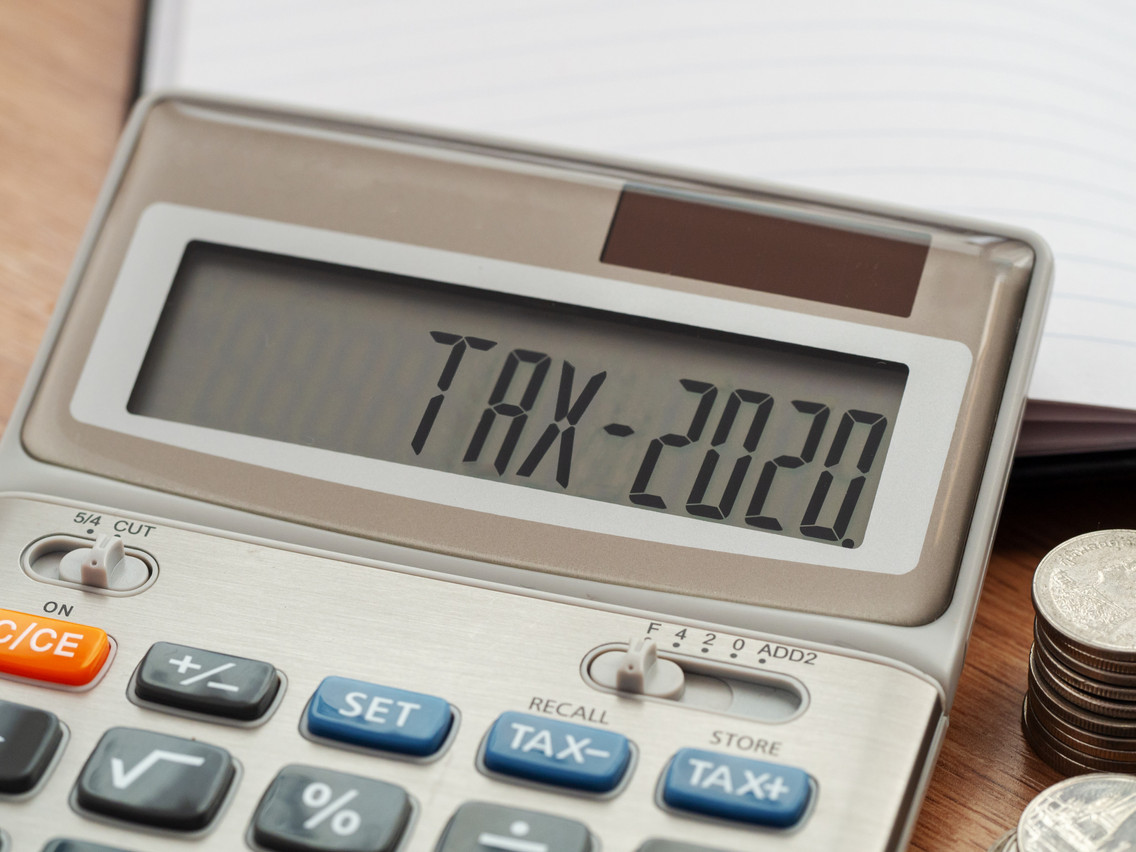In March 2021, Prime Minister Xavier Bettel (DP) referred the matter to the Economic and Social Council as part of the policy debate on the modernisation and challenges of the Luxembourg tax system currently taking place in the Chamber of Deputies. In this respect, the CES has just issued its conclusions in a report which analyses Luxembourg's tax revenues over the period 2020 in more depth.
The recommendations of the consultative institution should provide a basis for discussion in parliament.
Direct contributions down by more than 4% in 2020
The CES notes, however, that it is difficult to use the year 2020 as a basis for establishing a general trend. "Revenues have fallen sharply", the report points out, while "expenditure has risen sharply to support businesses and vulnerable people", due to the blockages caused by the Covid pandemic.
Indeed, the revenue collected by the Direct Tax Administration amounted to €9,904m in 2020, a drop of more than 4% compared to 2019. The same scenario applies to the Registration, Domains and VAT Administration, where revenues fell by €117m, or 2% over the same period.
The most negative variation in terms of revenue, however, affected the Customs and Excise Administration, which reported an overall decrease of more than 9% due to a loss of almost 14% on petrol sales and 22% on diesel.
Nevertheless, the CES believes that the downward trend in Luxembourg's tax revenues should ease thanks to the slight economic recovery in the last quarter of 2020, estimated at 0.7% over one year by Luxembourg’s statistics bureau Statec.
The ambiguous notion of soparfi
Unsurprisingly, it is the soparfi and banks that contributed the most to the corporate income tax (CIT), with 28.18% and 23.69% respectively. If the category, "other financial activities", is also included (22.45%), the financial sector contributed the equivalent of three quarters of the CIT revenue.
However, the CES puts the influence of soparfi on the IRC into perspective because of their, "ambiguous notion". "Soparfi is not a legal concept, but a language practice," the report says. Even if the notion of soparfi refers in principle to an activity of holding financial participations, "they are also used for other types of financial activities", such as hedge funds, real estate funds or private equity activities.
You can't say that in Luxembourg there are mailboxes that contribute 28% to the IRC. It doesn't make sense.
"There are pure soparfis that only hold participations, but there are others that are classified as soparfis by the Statec because their purpose also includes the holding of participations", notes Pascale Toussing, president of the CES working commission responsible for analysing tax data in Luxembourg, taking the example of certain industrial group heads. She explains that the concept of soparfi remains "extremely heterogeneous". For example, "you can't say that in Luxembourg there are mailboxes that contribute 28% to the IRC", she said ironically. "It doesn't make sense."
Property tax reform
In view of the housing crisis, which the CES describes as a, "national emergency", it is pushing for a reform of the municipal tax on real estate (IFON). The CES states that the IFON must be revitalised in order to make the property market more fluid and to combat the retention of property for speculative purposes. The aim is to bring property prices back into balance.
In this respect, the CES suggests modifying capital gains tax on real estate - with the exception of the principal residence. This could be done by adjusting the tax rates applied and the holding periods for benefiting from the preferential rate, or by reducing the tax allowance.
The reform of the IFON is taking place in a context where this tax now represents on average only 1.5% of the ordinary revenue of municipalities, compared to 5.5% in 1970. This can be explained in particular by the fact that the method of calculation of the IFON has remained unchanged in the sense that the unit value has still not been adapted to the evolution of real estate prices. This places Luxembourg's revenue from the IFON among the lowest of the OECD countries.
This story was first published in French on . It has been translated and edited for Delano.

